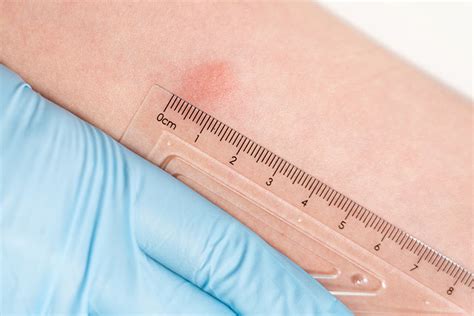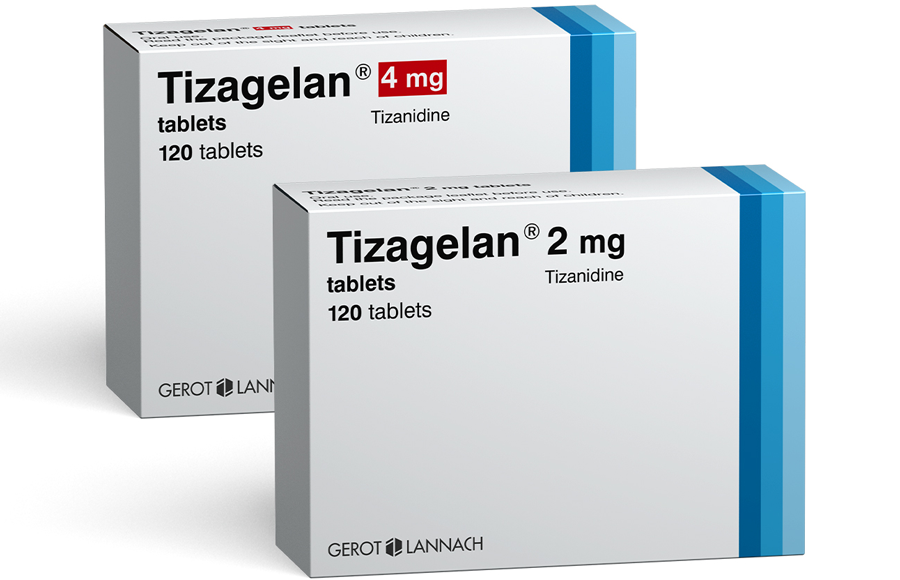Interpreting TB test results can be a complex process, requiring a deep understanding of the various tests available, their limitations, and the clinical context in which they are used. Tuberculosis (TB) is a bacterial infection caused by Mycobacterium tuberculosis, which primarily affects the lungs but can also affect other parts of the body. The diagnosis of TB involves a combination of clinical suspicion, radiographic findings, and laboratory tests. Among these tests, the tuberculin skin test (TST) and interferon-gamma release assays (IGRAs) are commonly used to detect latent TB infection, while microbiological tests such as smear microscopy, culture, and molecular tests are used to diagnose active TB disease.
Understanding TB Tests
Tuberculin Skin Test (TST): The TST, also known as the Mantoux test, involves injecting a small amount of tuberculin into the skin of the forearm. After 48 to 72 hours, the skin reaction is measured. A positive reaction indicates that the individual has been exposed to TB in the past. However, it cannot differentiate between latent and active TB.
Interferon-Gamma Release Assays (IGRAs): IGRAs are blood tests that measure the release of interferon-gamma in response to TB proteins. They are more specific than TST for diagnosing TB infection, especially in individuals who have received the BCG vaccine, which can cause false-positive TST results.
Smear Microscopy: This involves examining a sputum sample under a microscope for the presence of TB bacteria. It is a rapid and low-cost method but has limited sensitivity.
Culture: Culturing TB bacteria from a sputum or tissue sample is the gold standard for diagnosing active TB. However, it can take several weeks to obtain results.
Molecular Tests: These tests, such as the Xpert MTB/RIF assay, can rapidly detect TB bacteria and resistance to rifampicin, a key antibiotic used to treat TB. They are particularly useful in diagnosing active TB and guiding treatment.
Interpreting Test Results
The interpretation of TB test results depends on the test used, the clinical context, and the individual’s risk factors for TB. For instance:
Positive TST or IGRA: Indicates infection with TB bacteria, which could be latent or active. Further testing, including chest X-rays and sputum tests, is needed to determine if the person has active TB disease.
Negative TST or IGRA: Does not necessarily rule out TB, especially in individuals with weakened immune systems or very early in the course of infection.
Smear Microscopy and Culture: A positive result confirms the diagnosis of active TB. Culture results also provide information on drug susceptibility, which is crucial for selecting the appropriate treatment regimen.
Molecular Tests: A positive result indicates the presence of TB bacteria and, in some cases, resistance to specific antibiotics.
Clinical Considerations
The management of TB is complex and requires careful consideration of the patient’s clinical presentation, risk factors, and test results. For individuals with latent TB infection, treatment is usually offered to prevent progression to active disease. For those with active TB, a combination of antibiotics is prescribed, and the treatment regimen is adjusted based on drug susceptibility testing.
Public Health Implications
TB testing and diagnosis play a critical role in public health efforts to control and eventually eliminate TB. Accurate and timely diagnosis is essential for identifying and treating individuals with active TB to prevent transmission to others. Furthermore, the detection and treatment of latent TB infection are vital in preventing the development of active disease, especially in high-risk populations.
Future Directions
Advancements in diagnostic technologies, such as more sensitive and rapid molecular tests, are crucial for improving TB detection and treatment outcomes. Additionally, the development of new vaccines and treatment regimens offers hope for more effectively preventing and managing TB. However, these efforts must be accompanied by strengthened healthcare systems, improved access to care, and enhanced public awareness to address the social and economic determinants of TB.
In conclusion, the interpretation of TB test results requires a comprehensive understanding of the available diagnostic tools, their limitations, and the clinical context. As research and technology continue to evolve, the hope is that more precise, rapid, and accessible diagnostic methods will become available, ultimately contributing to better patient outcomes and the global control of tuberculosis.



